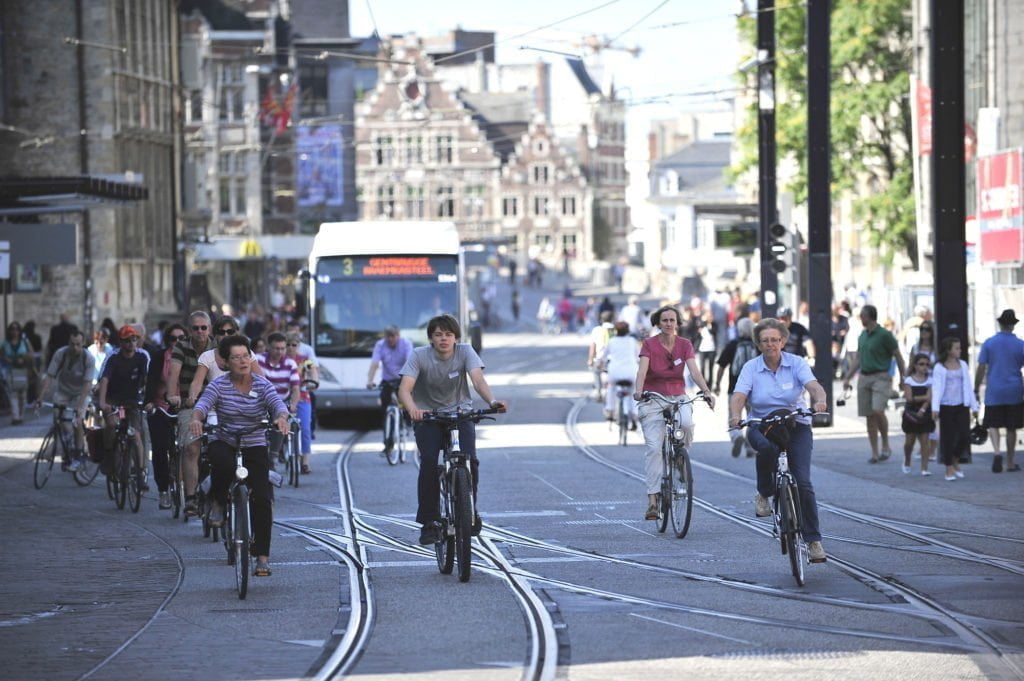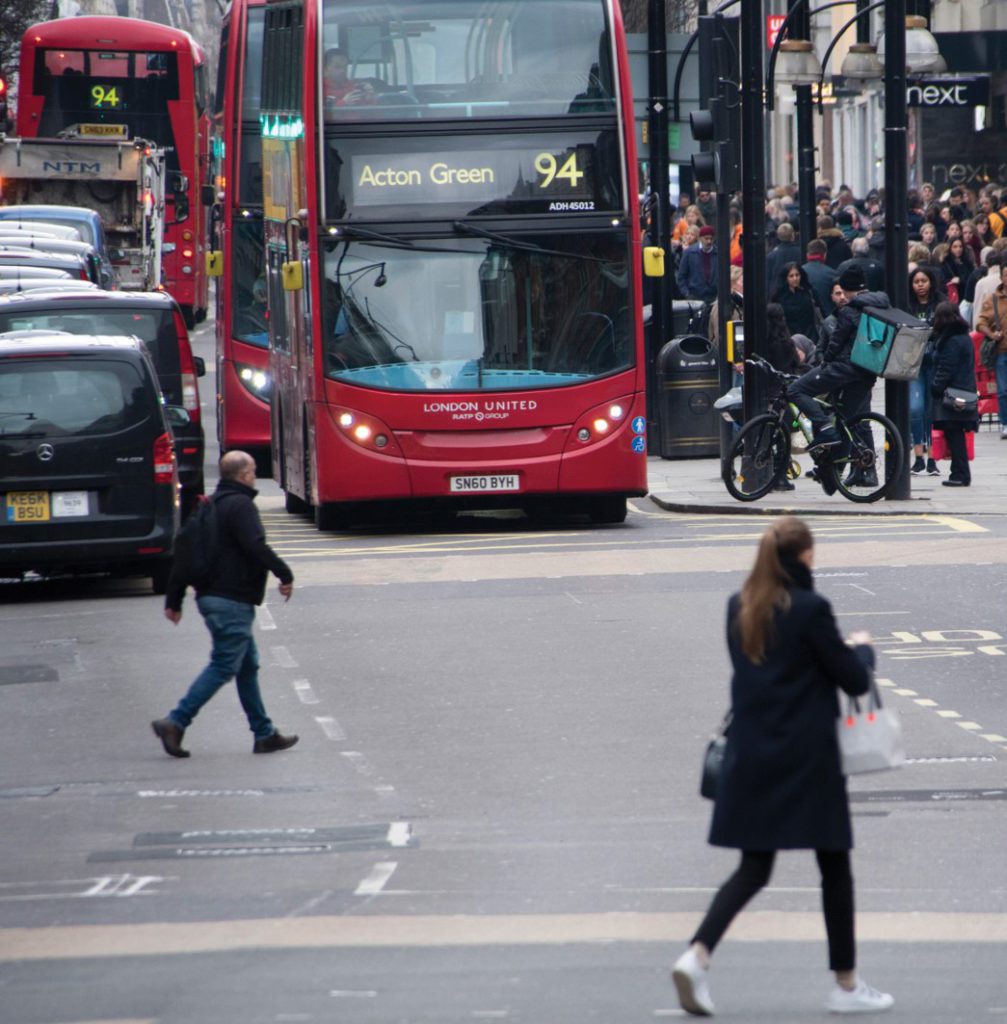New ITF Report - Benchmarking Accessibility in Cities: Measuring the Impact of Proximity and Transport Performance
Improving accessibility to destinations is increasingly recognised as the ultimate goal of transport policies. To improve accessibility, however, the structure of the city, the performance of its transport network and the distribution of destinations have to be thus considered. Benchmarking, then, is an essential exercise to identify gaps and efficient investment opportunities to improve all the above-mentioned elements.
The ITF report "Benchmarking Accessibility in Cities: Measuring the Impact of Proximity and Transport Performance" presents a new urban accessibility framework that takes into account 121 cities in 30 European countries. Some of them are Polis members.
Do cities offer higher accessibility than their surroundings?
Despite being usually congested, dense cities offer higher accessibility than their surrounding commuting zones for cycling, public transport and cars. This is a result of requiring less distance to travel in order to reach the same number of amenities.
In addition, whereas major European cities like Paris, Madrid, Brussels and Barcelona have indeed high (or even the highest) accessibility to cars, it is important to stress that they have been also actively trying to further promote walking and cycling. Nonetheless, not all European cities have managed to be straight successful yet.
For example, according to the ITF report, in Dublin and Greater Manchester more than 10% of the population lives in neighbourhoods with low walking performance: this implies that these neighbourhoods have not been planned for walking and lack dedicated walking paths between large blocks and high traffic roads.
A reign of cars?
In commuting zones, accessibility is lower and transport performance is worse in general:
- for public transport, due to fewer stops and lower frequencies;
- for cycling, due to a less dense road network with fewer intersections;
- for walking, due to multiple obstacles, such as railway lines, highways and rivers without regular pedestrian crossing points.
Transport performance for the car is significantly higher in commuting zones thanks to less congestion and higher speeds limits. Despite the higher transport performance by car, accessibility by motor vehicle remains lower in the commuting zone than in the city because destinations are more dispersed.
In almost all European cities, indeed, the car performs better on the accessibility metrics compared to public transport. On average, a door-to-door trip is faster by car even when taking in account peak-hour congestion and parking time,
The single city where this is not the case is London where the public transport network is highly efficient (the second best among European cities, just after Oslo) while at the same time the road network performs poorly overall (the worst among European cities).
Service accessibility is maybe the key
When cities perform well in modes accessibility, they usually perform overall well in terms of access to shops by public transport and, most importantly, to school and hospitals, too. In other words, accessibility indicators are strongly correlated.
In particular, the importance of universal access to emergency care is evident in the good coverage that is provided in Europe’s metropolitan areas. About 97% of the population living in these areas can reach a hospital within 30 minutes. In the densely populated central cities of the metropolitan areas, the coverage is universal (99.5%). The situation is also very good in commuting zones, where 92% of all inhabitants can get to a hospital within 30 minutes. Average numbers, however, can hide disconnected neighbourhoods within cities or in the commuting zones.
For example, one out of two of the inhabitants of the commuting zone of Lisbon are unable to reach a hospital within 30 minutes. In contrast, all residents of Ghent can reach a hospital within 30 minutes. Indeed, a person living in the commuting zone in Ghent can reach 13 hospitals in that time-span. In Ghent the above EU-average efficiency of the transport system provides a positive contribution to access to health servicesm as it provides access to 3.9 additional hospitals compared to the EU average (8.7).
Future of benchmarking
With the insight given by this report, the ITF recommends to:
- use the new urban accessibility framework to compare and benchmark cities
- improve accessibility by reducing trip lengths and enhancing transport performance
- learn from similar cities with higher accessibility scores
- collect more and better urban mobility data, notably on walking and cycling







